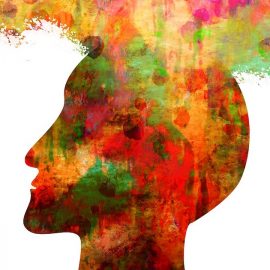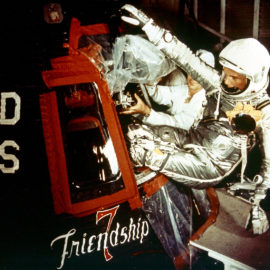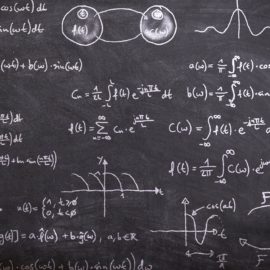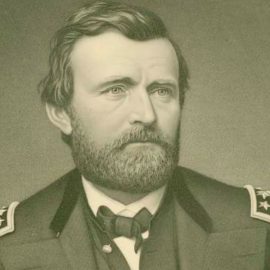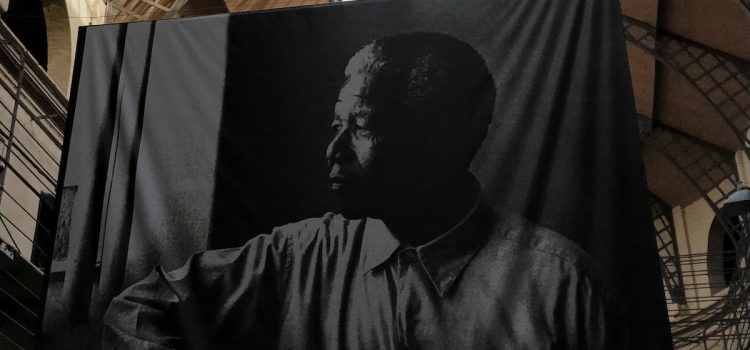
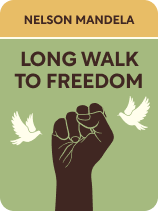
This article is an excerpt from the Shortform book guide to "Long Walk to Freedom" by Nelson Mandela. Shortform has the world's best summaries and analyses of books you should be reading.
Like this article? Sign up for a free trial here.
Why was Nelson Mandela arrested? Why didn’t he receive the death penalty?
At first, Nelson Mandela wanted to fight apartheid peacefully. Nonviolent efforts went nowhere, so he created a guerilla group that shook things up. This ultimately led to his arrest in 1962.
Continue reading to learn about the arrest of Nelson Mandela.
The Arrest of Nelson Mandela
To understand what led to the arrest of Nelson Mandela in 1962, we have to go back to 1948. Mandela explains that racial tensions in South Africa came to a head that year when the National Party (NP) won a general election—which Blacks could not vote in—running on a platform of blatant white supremacy. The NP’s leader, Daniel Malan, then implemented a sweeping and brutal system of oppression called apartheid.
Mandela is known as one of history’s greatest peacemakers. In keeping with that reputation, as well as the ANC’s beliefs, he explains that he initially tried to fight back against discrimination and apartheid using nonviolent methods—strikes, petitions, and the like. Eventually, however, Mandela and other ANC leaders became disillusioned with peaceful, legal tactics; they concluded that Black South Africans would need to fight for their freedom.
The ANC tasked Mandela with creating a guerilla force, legally separate from the ANC itself, to fight against the National Party. In 1961, he founded a fighting force called Umkhonto we Sizwe (MK for short), which translates to ”Spear of the Nation.” The MK—a relatively small force that couldn’t hope to stand against the government’s military—relied on guerrilla tactics to disrupt the NP’s operations, most notably by bombing government buildings and power stations.
In response to the ANC’s escalating tactics, government forces aimed to capture and convict party leaders, including Mandela. Mandela was found and arrested in 1962. He recalls that he used his time in court to make several powerful statements. First, he said that he felt no loyalty to the National Party nor any obligation to follow its laws, as he hadn’t been allowed to vote in the election that put the NP in power. Second, he discussed several occasions when the government had refused to address the ANC’s concerns, thereby leaving violence as their only recourse.
Mandela was convicted of all charges in 1964. Although his crimes would normally carry the death penalty, the NP was facing strong international resistance: Much of the world supported Mandela and opposed apartheid. Executing Mandela would therefore have led to even stronger international censure, likely including harmful economic sanctions and trade embargos. As a result, instead of facing the death penalty, Mandela was sentenced to life in prison.

———End of Preview———
Like what you just read? Read the rest of the world's best book summary and analysis of Nelson Mandela's "Long Walk to Freedom" at Shortform.
Here's what you'll find in our full Long Walk to Freedom summary:
- Nelson Mandela’s extraordinary life story, as told by the man himself
- Why it took Mandela over 40 years to finish his law degree
- Nelson Mandela’s legacy and what South Africa is like in its post-apartheid years


